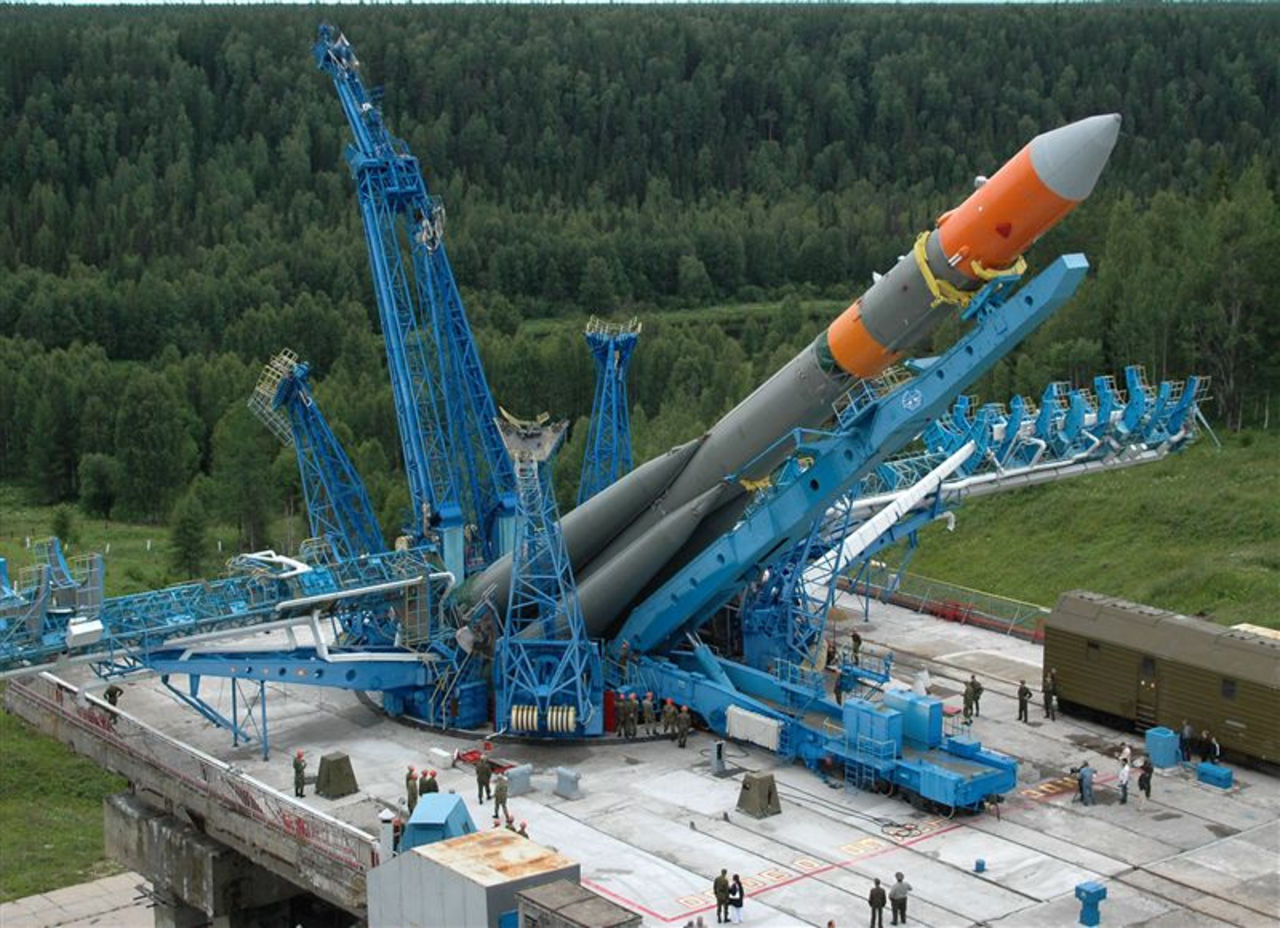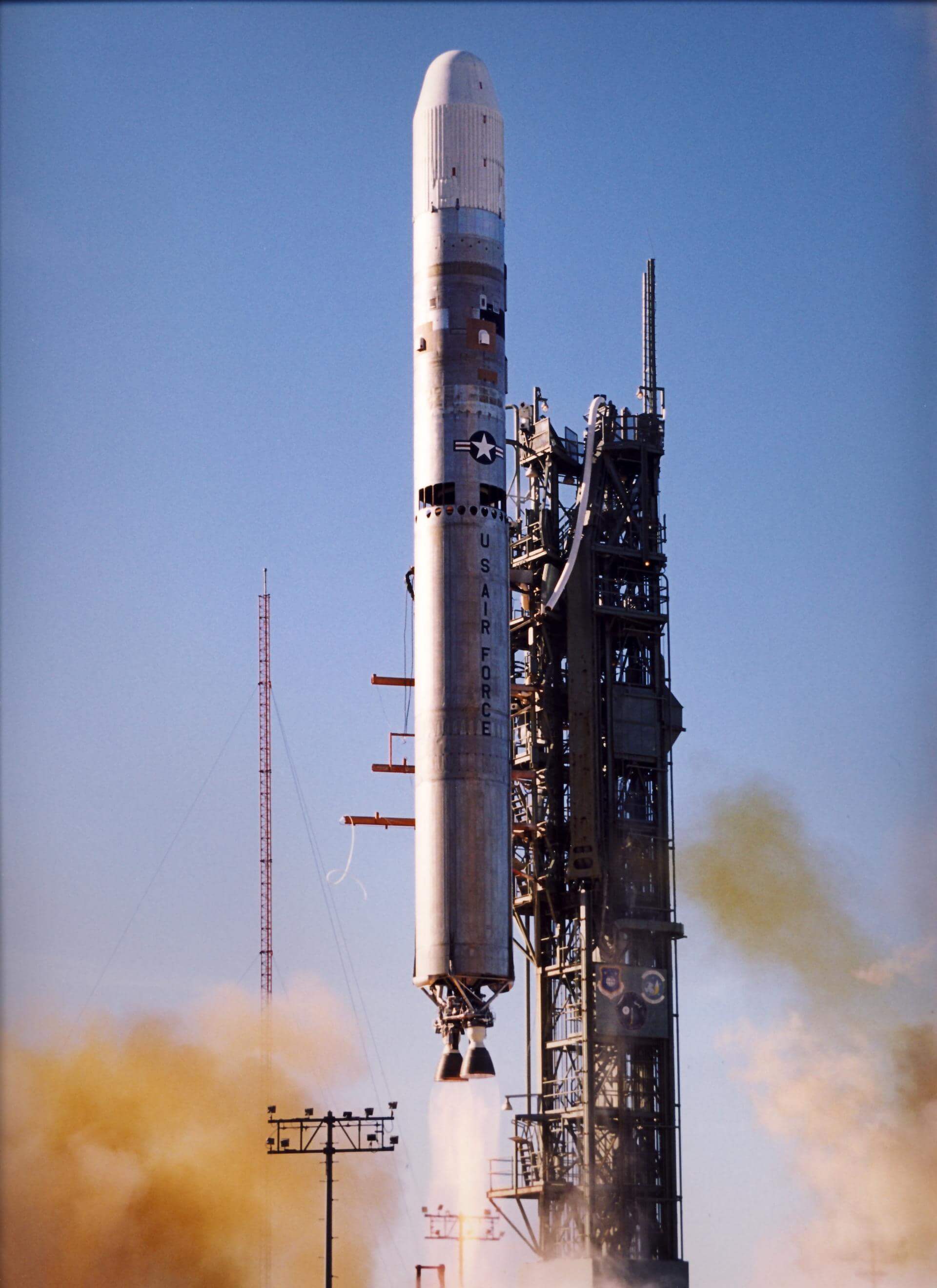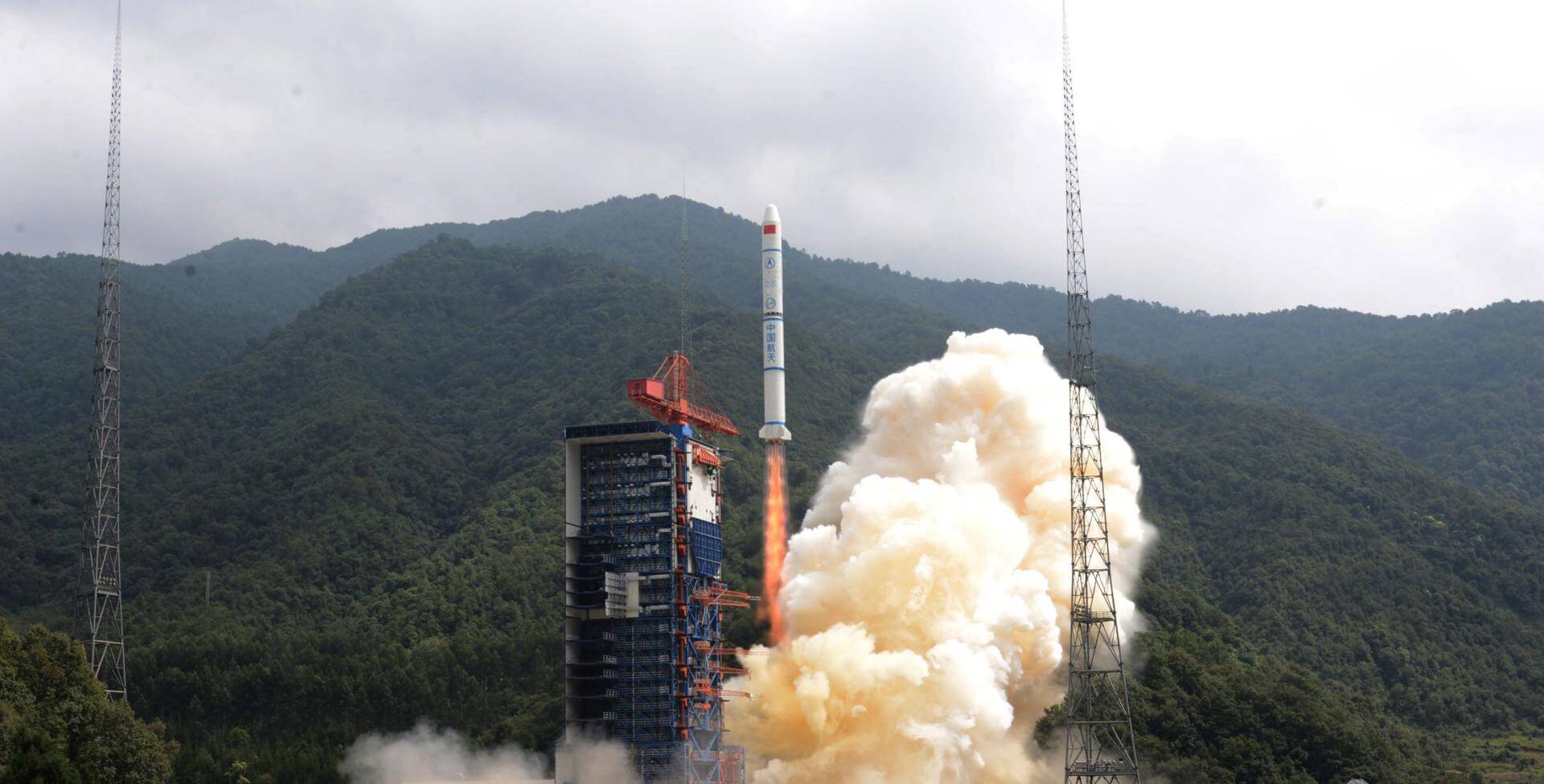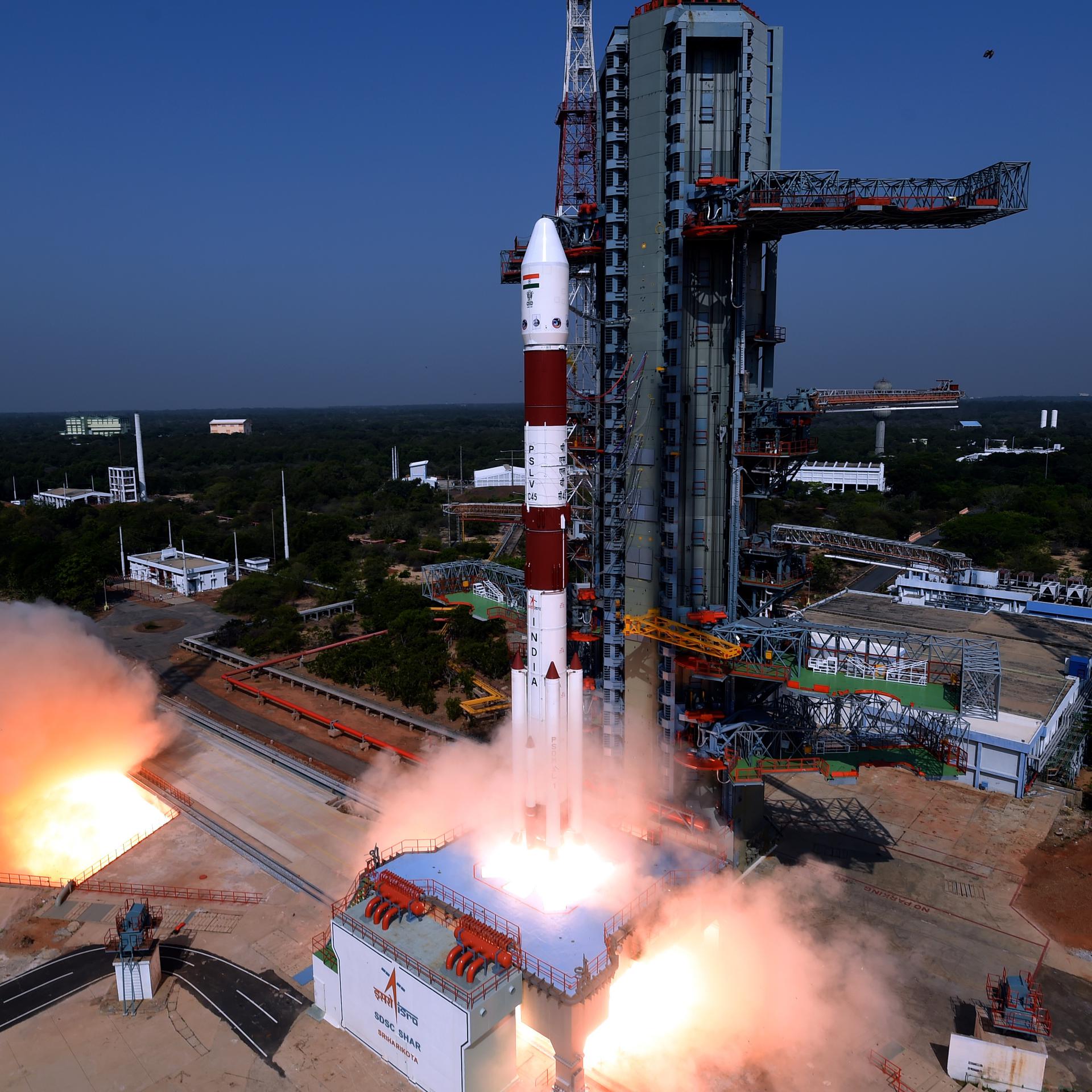Previous Spaceflight Launches
Filter by Agency, Locations or Vehicles
Show All LaunchesDelta 7420-10C | Globalstar 30,32,35,41
McDonnell Douglas | United States of AmericaCape Canaveral SFS, FL, USA
July 10, 1999, 8:45 a.m.
Status: Launch Successful
Mission:
The Globalstar global mobile communications network offers global, digital real time voice, data and fax via a constellation of 48 minisatellites. The constellation operates in a 1410 km orbit inclined at 52 degrees, and will also have 8 spares. The satellites were built by Space Systems Loral and Alenia Aerospazio in Rome, Italy.
Low Earth OrbitMolniya-M | Molniya-3 63L
Russian Space Forces | RussiaPlesetsk Cosmodrome, Russian Federation
July 8, 1999, 8:45 a.m.
Proton-K/Briz-M | Raduga 34
Khrunichev State Research and Production Space Center | RussiaBaikonur Cosmodrome, Republic of Kazakhstan
July 5, 1999, 1:32 p.m.
Delta II | FUSE
United Launch Alliance | United States of AmericaCape Canaveral SFS, FL, USA
June 24, 1999, 3:44 p.m.
Status: Launch Successful
Mission:
FUSE (Far Ultraviolet Spectroscopic Explorer) represented the next generation, high-orbit, ultraviolet space observatory covering the wavelength range of 90.5-119.5 nm. The primary objective of FUSE was to use high-resolution spectroscopy at far ultraviolet wavelengths to study the origin and evolution of the lightest elements (hydrogen and deuterium) created shortly after the Big Bang, and the forces and processes involved in the evolution of galaxies, stars and planetary systems.
Low Earth OrbitTitan II SLV | QuikScat
Lockheed Martin | United States of AmericaVandenberg SFB, CA, USA
June 20, 1999, 2:15 a.m.
Status: Launch Successful
Mission:
The SeaWinds instrument on the QuikScat (Quick Scatterometer) mission is a "quick recovery" mission to fill the gap created by the loss of data from the NASA Scatterometer (NSCAT), when the ADEOS 1 host satellite lost power in June 1997. The SeaWinds instrument is a specialized microwave radar that measures near-surface wind speed and direction under all weather and cloud conditions over the Earth's oceans.
Polar OrbitProton-K/DM-2M | Astra 1H
Khrunichev State Research and Production Space Center | RussiaBaikonur Cosmodrome, Republic of Kazakhstan
June 18, 1999, 1:49 a.m.
Long March 2C/SD | Iridium 92 & 93
China Aerospace Science and Technology Corporation | ChinaTaiyuan Satellite Launch Center, People's Republic of China
June 11, 1999, 5:15 p.m.
Status: Launch Successful
Mission:
Iridium provides global mobile telecommunications services using a constellation of 66 low earth orbit satellites in a 86.4° inclined orbit. Although 77 satellites were originally envisioned for the system and spawned the name based on the 77th element in the periodic table, the system has been scaled back. Motorola's Satellite Communications Group designed and manufactured the Iridium satellites with Lockheed Martin providing the LM-700A spacecraft buses.
Low Earth OrbitDelta 7420-10C | Globalstar 25,47,49,52
McDonnell Douglas | United States of AmericaCape Canaveral SFS, FL, USA
June 10, 1999, 1:48 p.m.
Status: Launch Successful
Mission:
The Globalstar global mobile communications network offers global, digital real time voice, data and fax via a constellation of 48 minisatellites. The constellation operates in a 1410 km orbit inclined at 52 degrees, and will also have 8 spares. The satellites were built by Space Systems Loral and Alenia Aerospazio in Rome, Italy.
Low Earth OrbitSpace Shuttle Discovery / OV-103 | STS-96
National Aeronautics and Space Administration | United States of AmericaKennedy Space Center, FL, USA
May 27, 1999, 10:49 a.m.
Status: Launch Successful
Mission:
STS-96 was a Space Shuttle mission to the International Space Station (ISS) flown by Space Shuttle Discovery, and the first shuttle flight to dock with the International Space Station. The shuttle carried the Spacehab module in the payload, filled with cargo for station outfitting. STS-96 launched from Kennedy Space Center, Florida, on 27 May 1999 at 06:49:42 AM EDT.
Low Earth OrbitPSLV | IRS-P4 & Uribyol-3
Indian Space Research Organization | IndiaSatish Dhawan Space Centre, India
May 26, 1999, 6:22 a.m.
Status: Launch Successful
Mission:
IRS-P4 (Indian Remote Sensing Satellite) or Oceansat is the first indian satellite primarily built for Ocean applications. Kitsat (Korean Institute of Technology Satellite 3), renamed on orbit as Uribyol 3, was the first Korean satellite in true sense and was launched by an Indian PSLV-G (2) rocket in May 1999.
Polar Orbit







